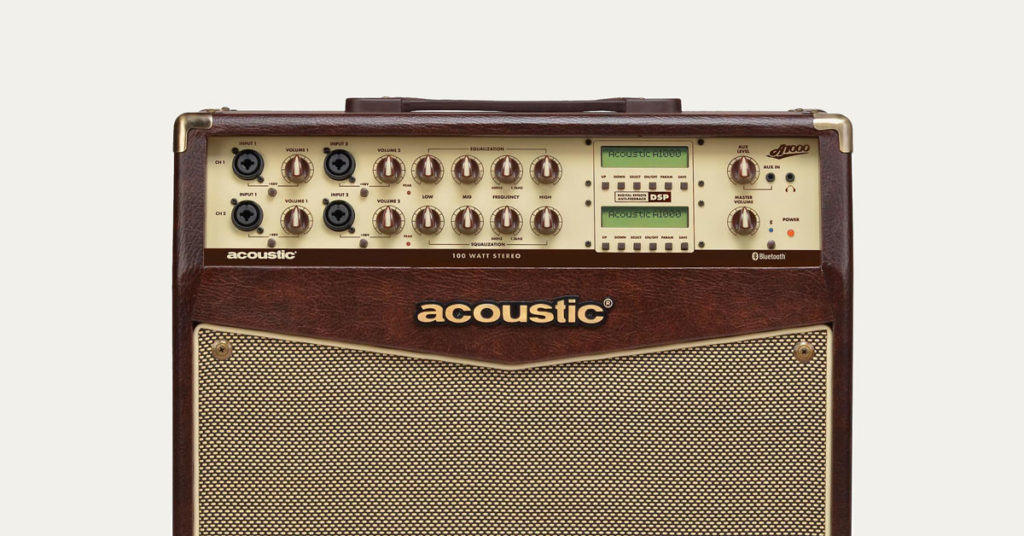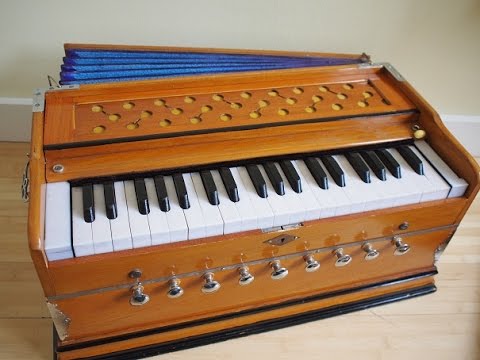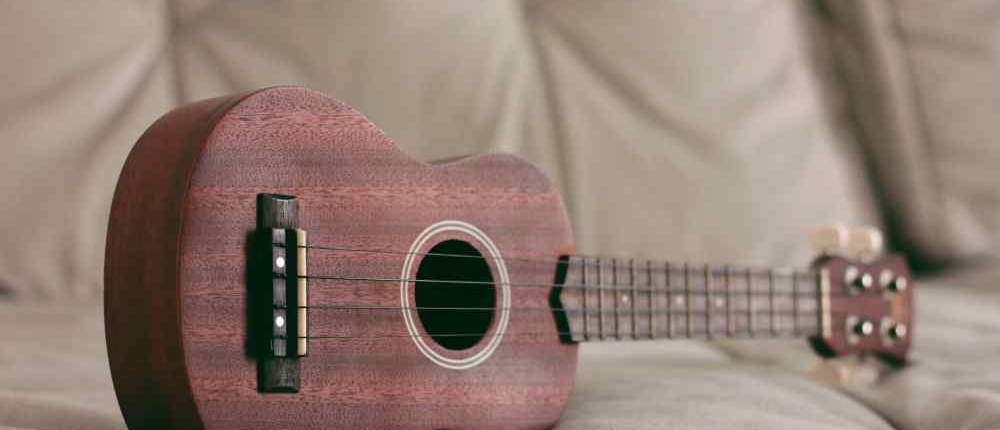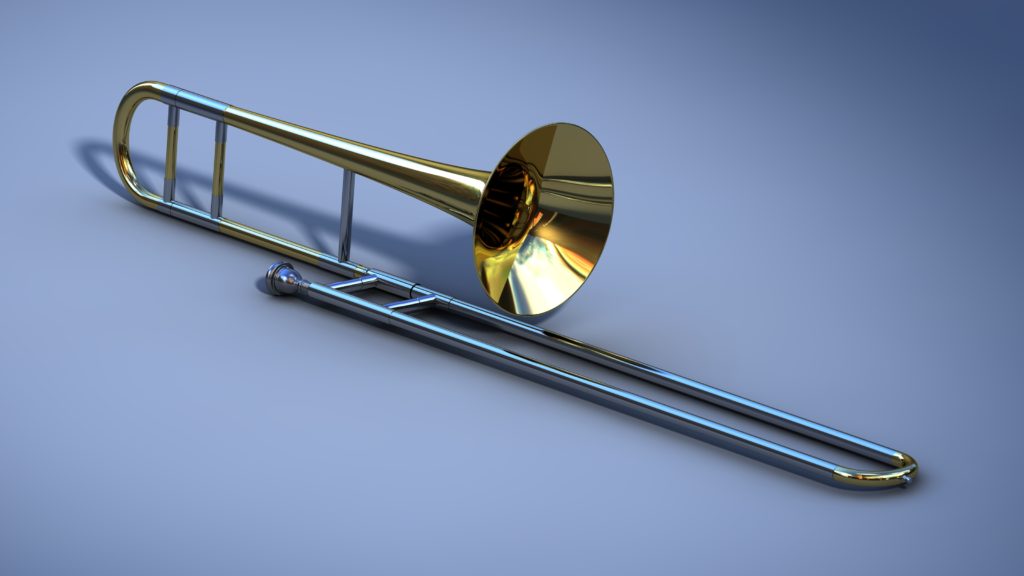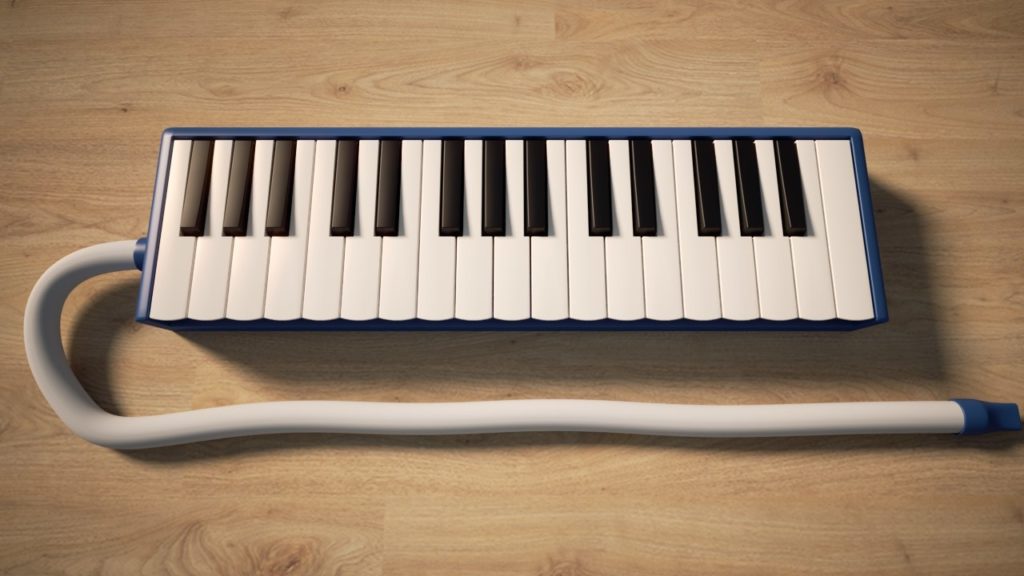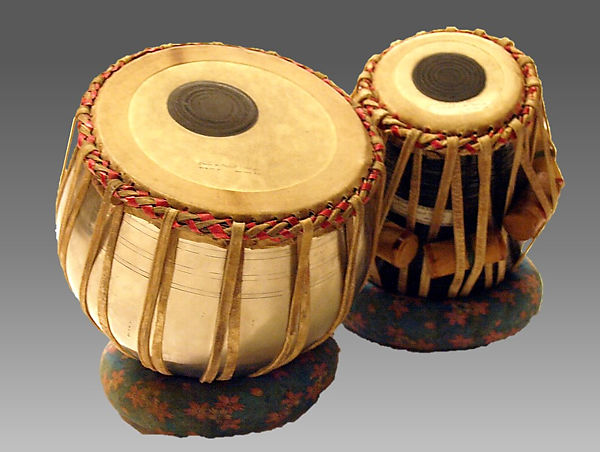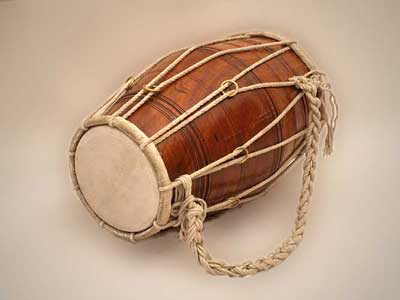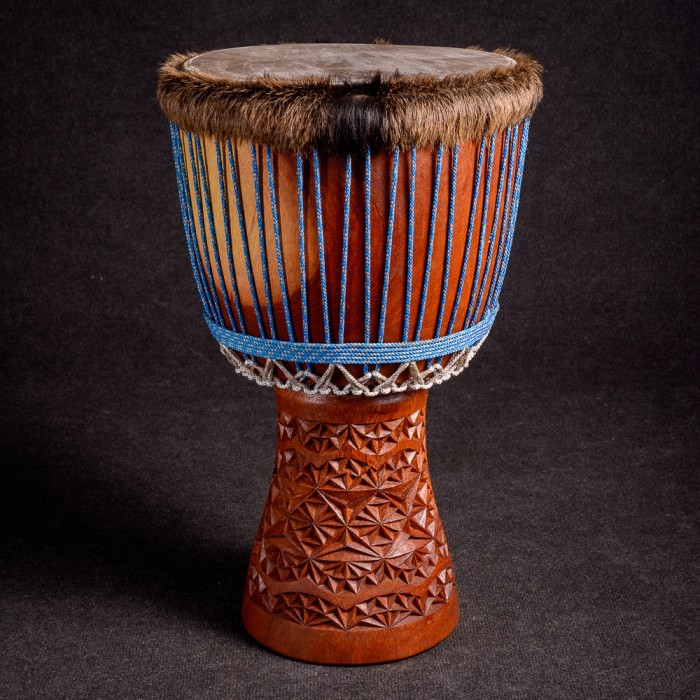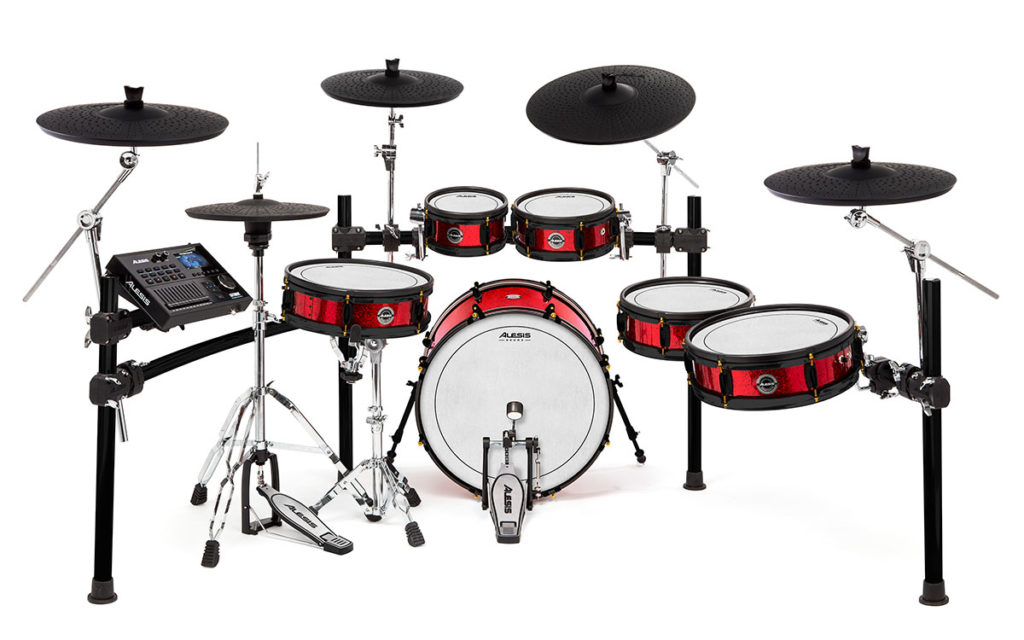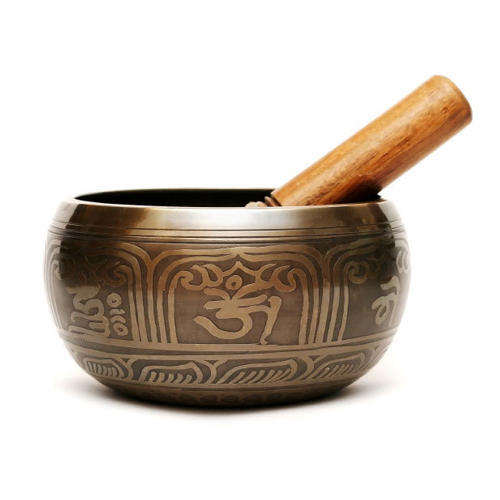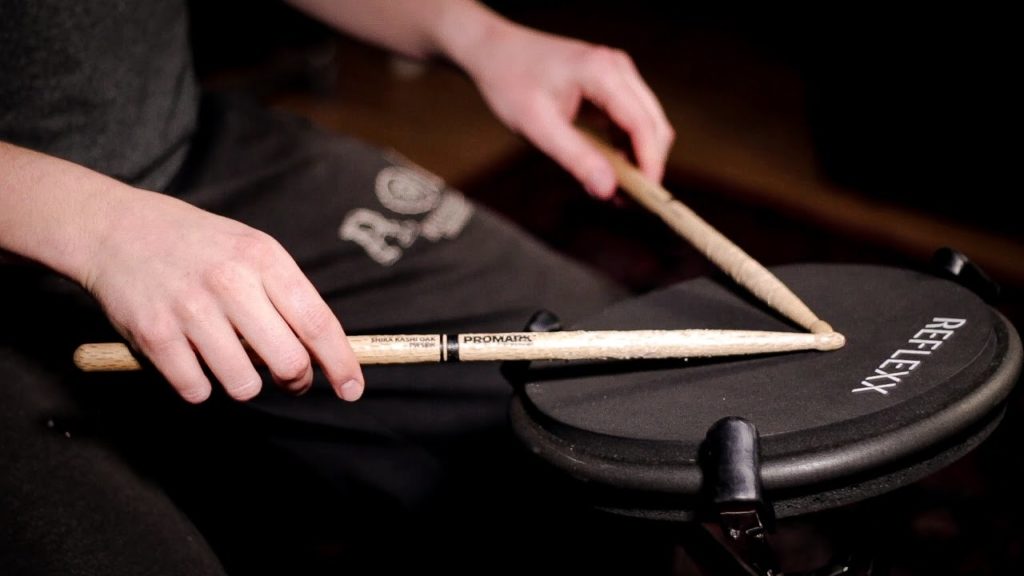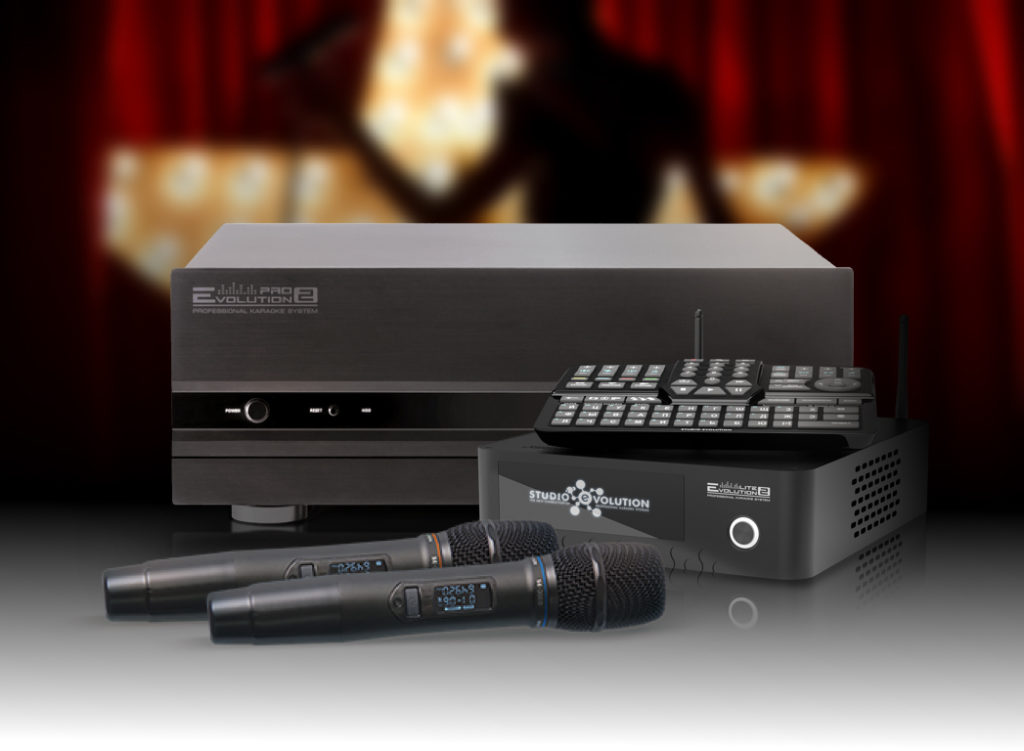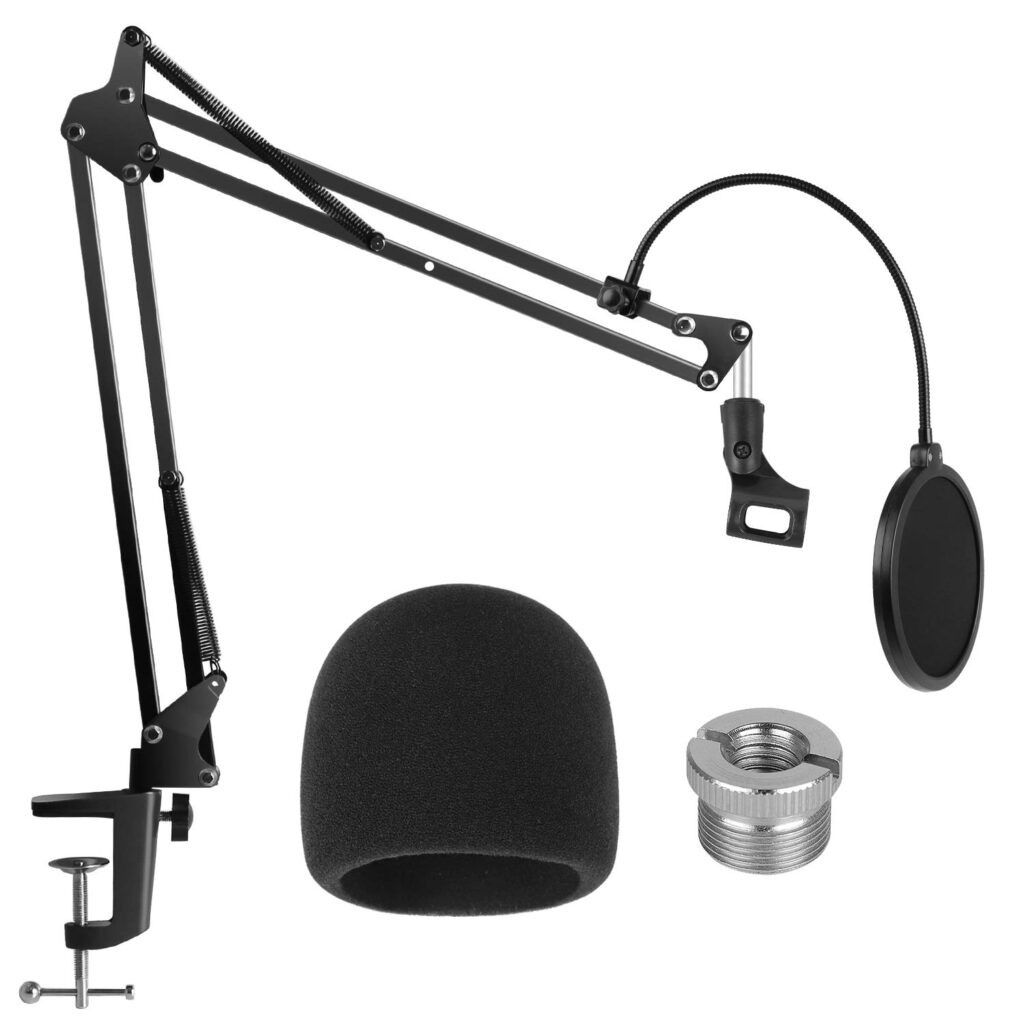Best Mandolin
Top 3 Best Mandolin | Apr 2024
Reviews, Comparison and Buying Guide
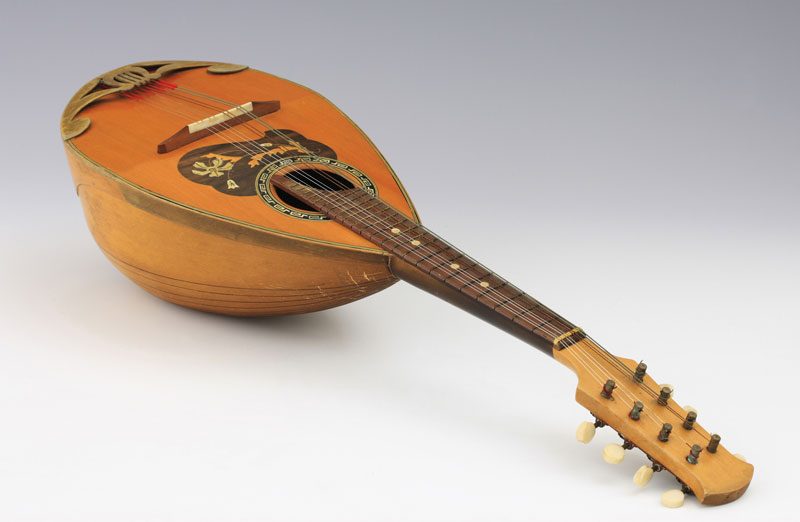
What is Mandolin?
A mandolin is a stringed musical instrument in the lute family and is usually plucked with a plectrum. It commonly has four courses of doubled metal strings tuned in unison (8 strings), although five (10 strings) and six (12 strings) course versions also exist. The courses are typically tuned in a succession of perfect fifths, with the same tuning as a violin (G3, D4, A4, E5). It is the soprano member of a family that includes the mandola, octave mandolin, mandocello and mandobass.
Best Mandolin | Buying Guide : Things to consider while buying a Mandolin
With so many mandolin brands claiming to offer the best mandolin for beginners, it can be easy to find yourself overwhelmed.
But if you take a little time to think about what you want from your new instrument, you will find that answering just a few key questions will make it easy to narrow down your selection.
Parts of the Mandolin
Because of its popularity we’ve chosen to illustrate the mandolin’s anatomy using an F-style instrument as an example. However, all commonly available acoustic mandolins share the same part names.
Headstock: also called the head or peghead, the tuning pegs are mounted to it.
Tuning pegs: also called tuning machines, machine heads, or tuners, they are geared mechanisms that hold the strings and are used to adjust string tension.
Nut: Also called the zero fret, it together with the bridge and tailpiece keeps strings in proper alignment.
Neck: It extends from the headstock to the body and sometimes contains a metal truss rod that adds strength and permits intonation adjustments.
Frets/fretboard or fingerboard: Glued to the neck, the fretboard has embedded metal frets. Pressing the strings onto the frets produces notes according to the frets’ positions.
Position markers: Often simple dots inlaid in the fretboard, but sometimes more ornate, they help orient the player’s fretting hand.
Body: Consists of the top, sides, and back. The top, also called the soundboard, is primarily responsible for producing the mandolin’s sound, and depending on the model may be flat, or arched similarly to a violin. Some mandolins have flat backs, others are bowl-shaped.
Scroll: Primarily decorative, it is only found on F-style mandolins.
Pickguard: Not all mandolins have this part designed to protect the body’s finish.
Sound hole: Shapes vary depending on the mandolin model. The illustrated type is an f-hole, but oval sound holes are also common, and provide the same function of projecting the mandolin’s sound.
Bridge: Made of wood, it transfers the strings’ vibrations to the mandolin’s top.
Tailpiece: Often made of ornately stamped or cast metal, it provides the anchor point for the strings.
Mandolin Body Styles
While A-style and F-style mandolins are generally similar in tone, F-style models tend to be more popular among bluegrass and country artists. We’ll cover the details and differences among the most popular mandolin body styles here.
A-style mandolins: This is something of a catch-all term used to describe tear-shaped and oval-bodied mandolins that don’t otherwise fall under the the F-style or bowl-back categories. The term grew out of Gibson’s A-type mandolins produced in the early 20th century. Many have carved tops and backs with the back in some cases being arched like a violin. Somewhat confusingly though, A-style mandolins with arched backs are often described as having flat backs to differentiate them from bowl-back mandolins. Nowadays, some A-style models have more guitar-like profiles. Because they lack the fancy scrolls and points found on F-style mandolins, they are somewhat easier to build, and are therefore often less costly. A-style models tend to be popular with classical, folk, and Celtic musicians.
F-style mandolins: As we noted in our brief history above, Gibson produced the first F-style mandolins in the early 1900s. With their delicate body scroll and lavish appointments, they were the top of the Gibson line. The most renowned model was the F-5 designed by Gibson’s acoustic engineer, Lloyd Loar, and built under his supervision between 1924 and 1925. These instruments with Loar’s signature on their label are the world’s most sought-after mandolins and command huge prices today. Most modern F-style mandolins are often either exact replicas or similar-looking adaptations.They typically have the twin f-holes of the F-5 or a single oval sound hole. Most F-style models have body points on the lower side of the instrument that both subtly influence tone and provide a convenient resting point on the seated player’s thigh. Some modern luthiers and mandolin manufacturers have created offshoots that borrow some attributes from the original F-style models, but they have added their own modern touches. F-style mandolins, also sometimes called Florentine mandolins, are the first choice for most bluegrass, country, and roots-music musicians.
Bowl-back mandolins: With their rounded backs these mandolins more closely resemble their Italian forerunners as well as traditional lutes. They’re sometimes still referred to as Neapolitan mandolins because of the similarity to their Italian ancestors You’ll also see them referred to by the more countrified term “taterbugs.” High-quality bowl-back mandolins are popular with musicians who play classical, Baroque, renaissance, and other historical music styles. Due to the volume of their bodies, bowl-backs usually produce a deeper, rounder tone than other mandolin body types.
This comprehensive guide gives an overview of how to buy a mandolin, a rundown of some of the best mandolin brands for beginners, and specific mandolin reviews to help you pick the perfect instrument for your needs.
Body Style
Modern mandolins typically have one of three body shapes: bowl-backed, A-style, and F-style.
The best shape for you will depend on the style of music you want to play, the appearance you prefer, and your budget.
The oldest of the three is the bowl-backed mandolin. With its distinctive round back and its roots in 18th-century Italy, the bowl-backed mandolin has a dark tone that is suitable for traditional folk music, mandolin orchestras, and classical music.
Choosing a bowl-backed mandolin can be challenging for a beginner. Though they may be inexpensive, many are of a very low quality.
This means that it can be much harder to find a good quality mandolin with a decent tone than it is for the other styles of mandolin.
Most beginners will therefore find an A or F-style mandolin better suited to their needs. Both of the styles were developed by the Gibson Company and its sound engineer Lloyd Loar in the 1920s.
Many of the differences between A and F-style mandolins are purely cosmetic. But you may also find differences between them in tone and style that make a big difference.
A-style mandolins have a tear or pear-shaped body. To differentiate them from bowl-backed mandolins, they are often called flat-backed mandolins, although they will typically still have a slightly rounded back.
A-style mandolins may have either one “O” hole in the middle of the soundboard or two “F” holes (these look like the holes in a violin), one on each side.
Generally speaking, they are easier to build than F-style mandolins and are typically less expensive than F-style mandolins of similar quality. Folk, Celtic, and classical musicians often prefer them over F-style mandolins.
The main difference between A-style and F-style mandolins is that F-style mandolins have a much more ornately carved body. Most current designs are based very closely on the original F-5 model developed by Gibson.
Typically they have two F holes rather than one O hole, and most have a points sticking out on the lower half of the instrument that make it more comfortable to rest the instrument on your lap when playing sitting down. The F-style mandolin is far and away the choice of the top bluegrass and country artists today.
Wood
The differences in the body shape of A-style and F-style mandolins does have a small effect on their tone, but the materials used to make the mandolin are far more crucial to finding a great instrument.
Different parts of the mandolin are put under different types of stress. This means that mandolins are generally made from a variety of types of wood.
Each part of the instrument has more and less preferred types of wood, which can help you distinguish between higher and lower-quality instruments.
The top, or soundboard, of the instrument is the most important part when it comes to tone. The best mandolins generally have a soundboard made from solid spruce, a wood that is lightweight but strong.
Spruce is in high demand, not only for mandolins but also for the soundboards of guitars, pianos, and other instruments.
This means that many intermediate and budget level mandolins use mahogany or cedar instead, which give the instrument a deeper tone and may make it harder to cut through the sound of a full band.
The most inexpensive mandolins typically have a top made from laminate, in which several layers of wood are pressed together rather than carved into shape. The top layer may be spruce, but the inner layers will then be made from a lesser wood such as mahogany.
Laminate tops have the advantage of being strong, since each layer has a different grain and therefore different week points. The main downside is that you may notice a lesser sound quality from these instruments, particularly over time.
For many beginners, however, this may not be the case, and laminate tops can be an excellent option for beginners on a budget.
The sides and back of the best mandolins are typically made from solid maple, a stronger wood than spruce that violin makers have used for centuries. Other hardwoods such as mahogany and koa are also frequently found.
Many less expensive mandolins opt for a solid wood top but laminate sides and back. This compromise keeps the price down without harming the tone too significantly, since the sides and the back are much less critical to tone production than the soundboard.
For the fretboard, the best instruments use a hard wood with a smooth surface. Ebony fretboards are preferred by many makers, but rosewood is also quite common.
The wood used in making the mandolin’s neck is critical to an instrument’s quality. The mandolin’s neck is susceptible to bending, which can cause major problems in playability and tuning. Maple and mahogany are the most preferred woods here, as the neck should be rigid.
Unlike in the body of the mandolin, having a laminate neck is actually preferred, since grain lines that run all the way down the neck will cause the wood to warp. Most necks are thus made from two or more pieces of wood laminated together.
Another key factor to consider when it comes to the neck is whether it has a truss rod inside. The truss rod allows you to make fine adjustments to the neck that can make a big difference in your tuning and your ability to get a good sound from the instrument.
A final wooden piece to consider when selecting a mandolin is the bridge. Mandolins, unlike guitars, have a movable bridge. The bridge is often made from ebony or rosewood, with rosewood being more common.
Most mandolins have a finish that serves to protect the wood from damage. While some finish is not a problem, it is worth noting that a heavy finish can impact the sound quality of the instrument.
Electric or Acoustic?
While electric mandolins are typically more expensive than purely acoustic models, your intended use of the instrument should determine your choice here.
Will you be playing mostly by yourself or with a loud group? Will you be playing in a mandolin orchestra, or will you be playing in a bluegrass band where you need to cut through the other instruments?
While you may not know the answer to these questions yet, they can get you thinking about how you’d like to use your new instrument.
If you need to amplify our mandolin, you have two options. One is to simply put a microphone in front of it and to run the sound through a loudspeaker or amplifier.
In many cases this option works well, and depending on the quality of the equipment you use it may even result in a better sound quality.
The problem arises when playing with a band: your instrument’s body may cause the other sounds around you to echo and feed back into the microphone.
Acoustic-electric mandolins typically have the same basic specifications as acoustic mandolins, but they have what is known as a “piezo electric” pickup in the bridge.
This pickup converts the vibrations of the strings into electronic impulses that can then be transmitted to an amplifier.
If you will be plugging in nearly all the time, you might also look into semi-hollow electric mandolins. The concept is the same as semi-hollow body guitars – there is a wood center block inside the instrument, which reduces the amount of feedback but decreases the tone quality and production of the instrument.
If you buy an acoustic instrument and later decide you need to plug in, you do still have options. For one thing, you can always get your bridge replaced with a bridge containing a piezo electric pickup.
Another great option is to use a magnetic pickup like those used for violins and other string instruments.
Top 3 Best Mandolin – [Updated and Highly Recommended]
1.
The 8-string mandolin is made of high quality wood, perfect for beginners and music lovers.
Specifications:
Main Material: Basswood
Item Size: Approx.69 * 26 * 5cm / 27.2 * 10.2
Item Weight: Approx.968g / 2.1Lb
Package Size: Approx.70 * 33 * 8.5cm / 4.7 * 1.6 * 1.6in
Package Weight: Approx.1972g / 4.3Lb
Features / Reviews
Nato Back and Sides
Rosewood Fingerboard
2.
Bestseller # 1
D'Addario EXP74 Coated Phosphor Bronze Mandolin Strings, Medium, 11-40- Coated version of D'Addario's best selling mandolin set
- Loopend construction for universal fit
- Phosphor Bronze for long lasting, warm and bright tone
- Made in the U.S.A. for the highest quality and performance
- String Gauges: Plain Steel .011/.011, 015/.015, Phosphor Bronze Wound .026/.026, .040/.040
An ultra-fine layer of EXP Coating is bonded to the phosphor bronze wrap wire which is then wound onto the hex-shaped core wire. The result is a built-in barrier against the corrosion and wear that can quickly sap the life out of your strings and your sound. EXP coated phosphor bronze mandolin strings have a natural round wound feel and sound fresh and bright with a “new string tone” that lasts three to four times longer than traditional guitar strings.
Features / Reviews
Loopend construction for universal fit
Phosphor Bronze for long lasting, warm and bright tone
3.
Bestseller # 1
Pro Tec CF208E Standard Mandolin Gig Bag with Backpack Straps- Thick padding
- Soft non-abrasive lining
- Carrying handle
- Rugged 600 denier nylon
- Includes backpack straps
Standard Mandolin Gig Bag With Backpack Straps
Features / Reviews
Thick padding
Soft non-abrasive lining
Benefits of Mandolin
Can you imagine living your life without music? It would be very hard to do so, as music has been hard-wired into our very existence as human beings. While everyone enjoys listening to good music, not many of us are what the world calls ‘musicians’- the ones with the ability to play a Mandolin. This could be due to not having the opportunity to learn as kids or simply due to lack of inclination or proper instruction. However, music is something that is never too late to learn. And here are 10 good reasons as to why everyone should learn to play a Mandolin.
Relieves stress
Researchers studying the benefits of music have reported that playing a Mandolin on a regular basis can help bring down stress. Studies show that playing an instrument helps in lowering the heart rate and blood pressure, which in turn lowers the stress hormone cortisol, thus making us feel relaxed. While just listening to music also helps, learning to play an instrument brings with it a comforting routine of daily practice that helps in keeping the stress hormones away.
Makes you smarter
People who have received a music education are generally smarter than their non-musical counterparts are. Extensive research done in this area has proved that children who learn to play a Mandolin do better in academics.
Improves your social life
Music helps you connect. Learning an instrument enlarges your social circle since you get to meet more people than you usually would. In children, music can help develop social skills.
Helps build confidence
Choosing to take music lessons can help build confidence. Once you are aware that you are able to do something well, like play the flute for instance, you naturally become more confident of your skills. Learning to play an instrument can help both children and adults who face confidence issues.
Teaches patience
Music teachers feel that music can help teach patience. In a world of instant gratification, learning to play an instrument is not something that can happen overnight. It is the daily effort of everyday practice that can help a musician learn how to play without mistakes. This is turn develops patience. Most musicians go through years of regular practice that includes daily musical exercises and the tackling of progressively difficult musical pieces, which in turn helps them conquer the virtue of patience.
Fosters creativity
Stuck in everyday routine lives, many of us lose touch with our creative side. Learning to play a Mandolin, especially when you reach advanced levels, can foster that lost creativity. Since music education plays on your mental, emotional and cognitive abilities, the brain is stimulated to think out of the ordinary, which results in improved creativity.
Improves memory
Music and memory go hand in hand. Learning to play a Mandolin makes you use both parts of your brain and this in turn boosts memory power. Music education is also linked to higher IQ levels and the physical development of certain parts of the brain.
Develops discipline
Music requires dedication and regular practice. Allotting a specific amount of time to practice music daily develops discipline in the learner. This can prove to be extremely advantageous in children.
Gives you a sense of achievement
Learning to play a Mandolin gives you an immense sense of achievement. This feeling of satisfaction leads to a tremendous sense of self-achievement that can help you accomplish more in other areas of your life.
Playing a Mandolin is fun
Lastly, learning to play a Mandolin is fun. Playing a Sitar can bring back the fun factor into your life. Music has the special quality to bring joy, peace and fulfillment that helps lift the spirit and make life enjoyable for everyone involved.
Conclusion
These have been some advises for buying a Mandolin. We sincerely add that it is quite difficult to get a good instrument with no experience and we remind you one more time the instruments’ quality is guaranteed usually by the liability and relationship established between buyer and instrument maker.
We do not pretend to discourage but to warn you by this; carefully check every Mandolin and remember all the previous advises.
And our last advise is: give priority to what you believe in, make your own decisions and believe in them.











